The coolest classic and modern cars you didn't know exist
There exists a painful realm of vehicles in the automotive world that often escapes the spotlight. While many classic and modern cars have earned their well-deserved recognition, there are those lesser-known gems that quietly contribute to the rich tapestry of automotive history.
Join us on a journey of exploration as we delve into the realm of classic and modern cars you didn't know existed. From forgotten classics to innovative modern marvels, this article sheds light on the hidden treasures that have left their tire tracks on the sands of time.
Related Reading: Everything You Need To Know About 8 Unfamiliar But Extremely Powerful Cars Only True Gearheads Know About
13. 1974–1976 Bricklin SV-1
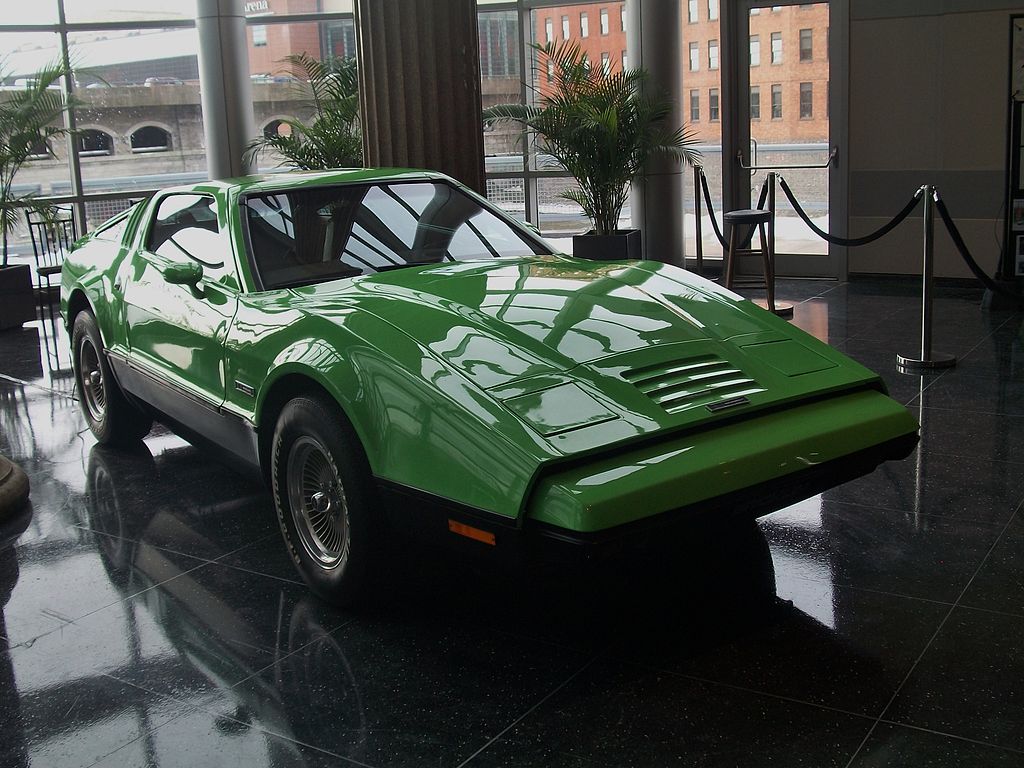
The Bricklin SV-1, produced from 1974 to 1976, was a unique and short-lived sports car manufactured by the Bricklin Vehicle Corporation in Canada. The SV-1, which stood for "Safety Vehicle One," was the brainchild of American entrepreneur Malcolm Bricklin, who aimed to create a safe and innovative sports car.
The Bricklin SV-1’s Features
Among the Bricklin SV-1’s standout features were its innovative safety measures, including an integrated roll cage, energy-absorbing bumpers, and gull-wing doors designed for easy exit in an emergency.
The car also featured a fiberglass body with a color-impregnated resin that eliminated the need for painting. The SV-1 was initially offered with two engine options: a Ford 351 Windsor V8 or an AMC 360 V8. T
hese engines delivered decent performance, with power outputs ranging from around 220 to 265 horsepower. The car came with an automatic transmission as standard but could get equipped with a four-speed manual as an option.
Why The Bricklin SV-1 Failed
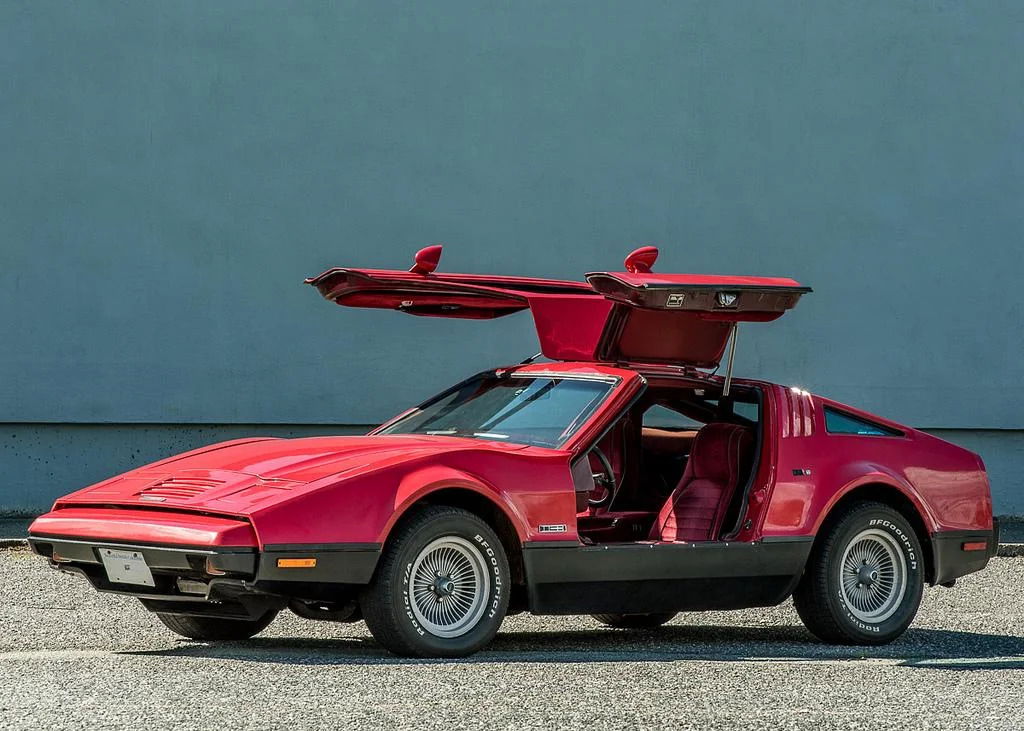
Despite its safety features and unique design, the Bricklin SV-1 faced several challenges during its production run. The company experienced financial difficulties, resulting in quality control issues, production delays, and ultimately a high price tag. Additionally, despite the SV-1’s impressive output, the car’s performance didn’t match the expectations set by its sporty appearance.
Ultimately, production of the Bricklin SV-1 ceased in 1976 after around 2,854 units got built. The model's short existence, coupled with the company's financial troubles, led to the SV-1 earning the reputation of a rare and somewhat obscure sports car. However, its distinctive gull-wing doors and safety-oriented design continue to attract enthusiasts and collectors today.
12. 1997–2001 Isuzu VehiCross

The Isuzu VehiCross was a compact SUV produced by the Japanese automaker Isuzu from 1997 to 2001. It was a unique and distinctive vehicle known for its futuristic styling and off-road capabilities.
Features Of The Isuzu VehiCROSS
The VehiCross boasted a bold and aggressive design that set it apart from other SUVs of its time. The VehiCross’s muscular and angular body shape was its most notable feature, enhanced by flared wheel arches, a sloping roofline, and a prominent grille.
The vehicle also featured high ground clearance, skid plates, and a short wheelbase, making it well-suited for off-road adventures. Under the hood, the VehiCross got power from a 3.5-liter V6 engine producing 215 horsepower and 230 lb-ft of torque.
This engine was mated to a four-speed automatic transmission and a full-time four-wheel-drive system, providing commendable off-road capability. The VehiCross also featured a limited-slip differential and a sophisticated suspension system that contributed to its off-road prowess.

Inside, the VehiCross offered a sporty and futuristic cabin. It accommodated up to four passengers with its unique 2+2 seating arrangement. The interior featured a combination of leather and suede upholstery, along with modern touches such as a digital instrument cluster and a center-mounted information display.
Why The Isuzu VehiCROSS Is A Hidden Gem
Although the Isuzu VehiCross garnered attention for its striking design and capable off-road performance, it had a relatively short production run. It got sold in limited numbers, particularly in the United States market.
The VehiCross has since gained a cult following among enthusiasts who appreciate its distinctive styling and off-road capabilities, making it a sought-after collectible in the used car market.
11. 1989–1999 Ford Taurus SHO

The Ford Taurus SHO, which stands for Super High Output, is a performance-oriented variant of the Ford Taurus sedan. First introduced in 1989, the Taurus SHO has gained a reputation for its powerful engine, sporty handling, and subtle styling cues.
The Ford Taurus SHO Features
The original Taurus SHO featured a 3.0-liter V6 engine developed by Yamaha. This engine was unique to the SHO model and produced 220 horsepower, which was quite impressive for a sedan of its time. It also mated with a five-speed manual transmission for that engaging driving experience sought by enthusiasts.
Later generations of the Taurus SHO offered different engine options, including a 3.2-liter V6 and a 3.4-liter V8, each delivering increased power and performance. The Taurus SHO’s design made it a sleeper car because it maintained a relatively understated appearance compared to other performance cars.

It featured subtle styling cues, such as unique alloy wheels, a discreet rear spoiler, and SHO badging to distinguish it from the regular Taurus models. The interior offered a combination of comfort and sportiness, with supportive seats and additional performance-oriented features like sports pedals and a unique instrument cluster.
Why The Taurus SHO Is A Sleeper Car You Didn’t Know Exists
Over the years, the Taurus SHO underwent various updates and redesigns to keep up with evolving market demands and technologies. However, the model's production got discontinued in 2019 as Ford shifted its focus towards SUVs and crossovers.
However, the Ford Taurus SHO has left a lasting impact on automotive enthusiasts, particularly those who appreciate the combination of performance and practicality offered by a sporty sedan.
Its powerful engines, agile handling, and subtle yet distinctive styling have made it a beloved choice among those seeking a spirited driving experience without sacrificing everyday functionality.
10. 1993–1994 Lister Storm

The Lister Storm is a high-performance sports car produced by Lister Cars, a British manufacturer known for its racing heritage. Introduced in 1993, the Lister Storm aimed to compete with renowned supercars of its time, offering impressive power, speed, and exclusivity.
Features Of The Lister Storm
The Lister Storm featured a sleek and aggressive design characterized by its low-slung body, wide stance, and aerodynamic enhancements.
The car's bodywork was made primarily of carbon fiber, contributing to its lightweight construction and overall performance. It also incorporated various racing-inspired elements, including large air intakes, a rear diffuser, and a prominent rear wing.
The Lister Storm’s V12 Engine
Under the hood, the Lister Storm initially housed a 7.0-liter V12 engine sourced from Jaguar. In later iterations, the engine was enlarged to 7.7 liters, producing extraordinary power outputs.
The naturally aspirated V12 generated upwards of 550 horsepower and delivered impressive torque figures, propelling the car from 0 to 60 mph in under four seconds and achieving top speeds exceeding 200 mph.
The Lister Storm’s Interior
Inside the cabin, the Lister Storm provided a driver-focused environment with a blend of luxury and performance. It featured supportive bucket seats, a sporty instrument cluster, and modern conveniences like air conditioning and a premium sound system.
The interior design emphasized the car's racing pedigree, with the extensive use of carbon fiber, aluminum accents, and limited creature comforts to keep the weight down.

Why You Didn’t Know About The Lister Storm
Lister Cars produced a limited number of Lister Storms, making it a rare and exclusive sports car. The model also enjoyed motorsport success, participating in various endurance races and achieving notable results.
Its racing achievements further enhanced the car's desirability and reputation for performance. Today, the Lister Storm is highly sought after by collectors and enthusiasts who know its story and appreciate its unique combination of power, exclusivity, and racing heritage.
It remains an iconic representation of British automotive engineering and a testament to Lister Cars' commitment to producing exceptional sports cars.
9. 1994–1997 Venturi 400 GT
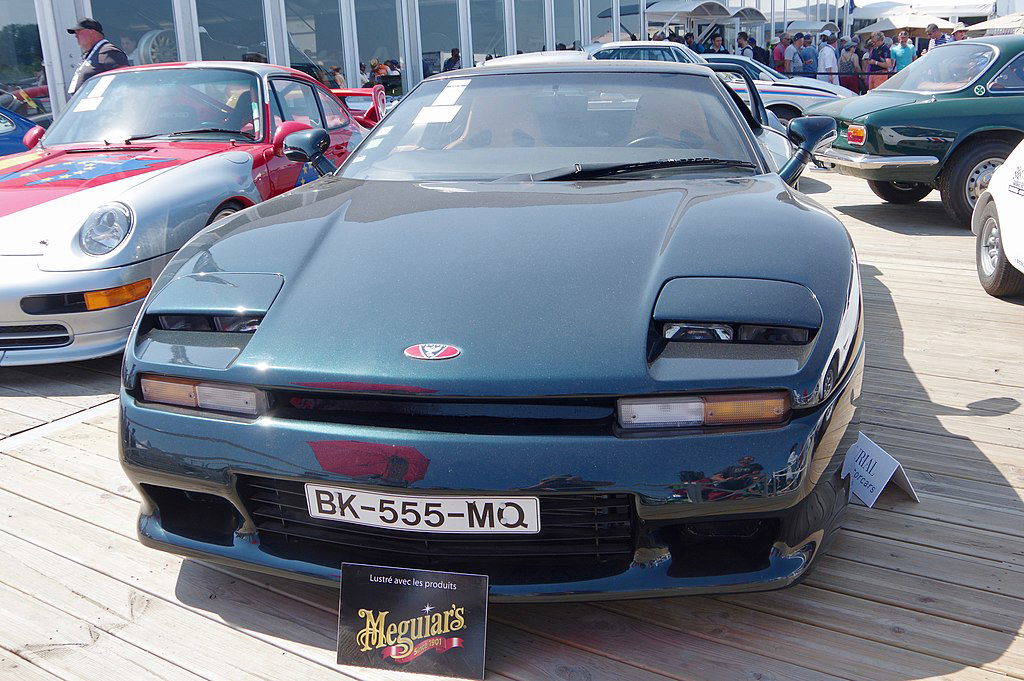
The Venturi 400 GT is a sports car produced by the French automotive manufacturer Venturi Automobiles. It was introduced in 1994 as an evolution of the previous Venturi 300 Atlantique model.
The 400 GT was designed to offer improved performance and handling while maintaining the distinctive styling that Venturi cars were known for.
The Venturi 400 GT’s Performance And Design
Under the hood, the Venturi 400 GT featured a mid-mounted turbocharged 3.0-liter V6 engine developed in collaboration with Renault and producing around 400 horsepower, inspiring the car’s name. The power got sent to the rear wheels through a five-speed manual transmission, allowing for engaging acceleration and top speeds.
In terms of design, the Venturi 400 GT had a sleek and aerodynamic body. Its low-slung profile, curved lines, and aggressive front end helped it achieve a distinctive and sporty appearance. The car got built using lightweight materials like aluminum and composite panels to enhance performance and reduce weight.
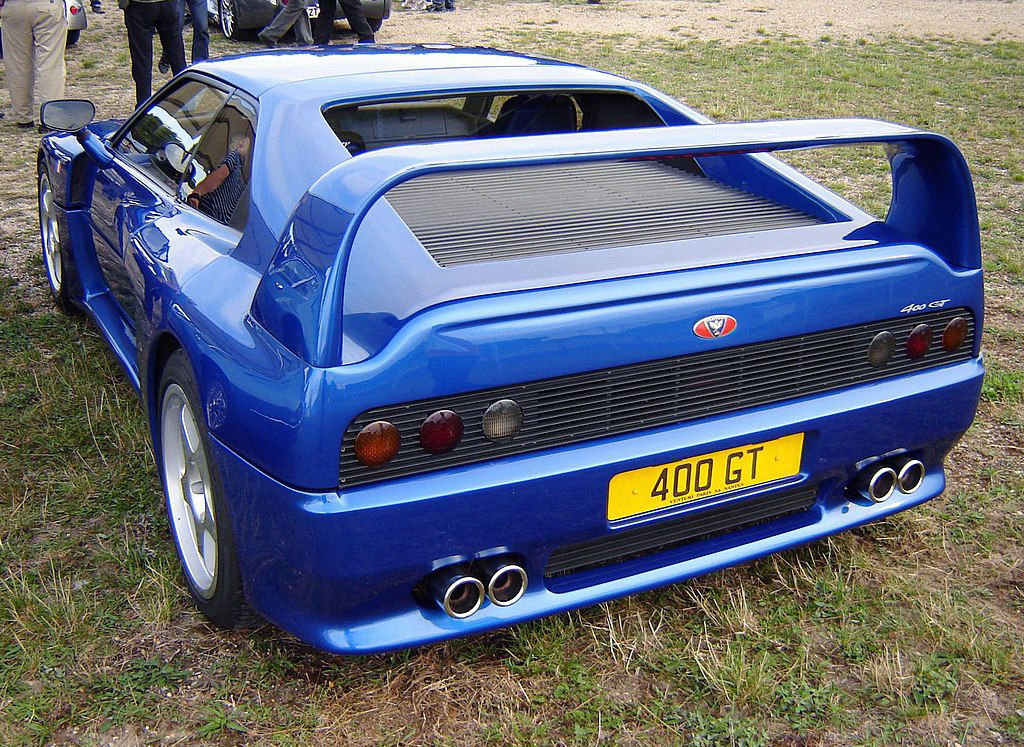
The interior design focused on driver comfort and functionality, thanks to a driver-centric cockpit with supportive seats, a well-placed dashboard, and a range of modern amenities for its time, including air conditioning, power windows, and a high-quality audio system.
Why You’ve Probably Never Seen A Venturi 400 GT
The Venturi 400 GT’s production was limited to only a few units. Out of the less than 100 produced between 1994 and 1997, only 15 were street-legal. As a result, it remains a rare and sought-after vehicle among collectors and enthusiasts. Its unique combination of performance, style, and exclusivity has contributed to its appeal over the years.
8. 1965–1997 Excalibur SS
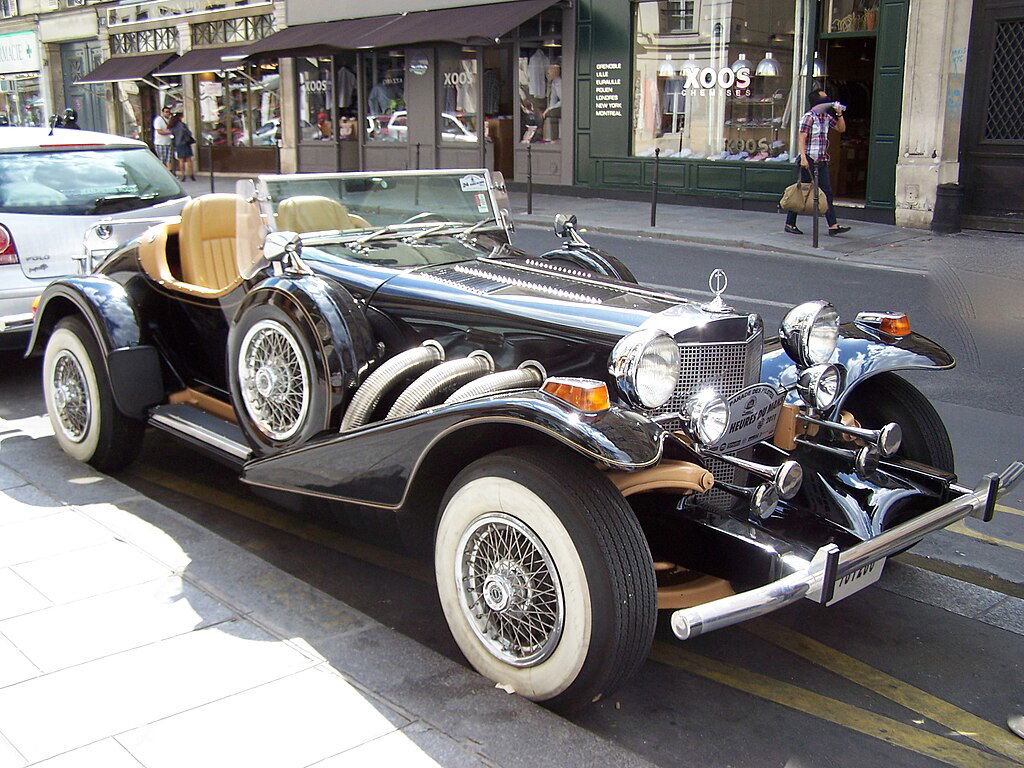
The Excalibur SS is a classic American sports car manufactured by the Excalibur Automobile Corporation. Introduced in the 1960s, the Excalibur SS’s design captured the essence of the legendary pre-war European roadsters while incorporating modern engineering and American muscle.
The Engine And Design Features Of The Excalibur SS
The Excalibur SS featured a distinctive and eye-catching design that paid homage to the classic automobiles of the 1920s and 1930s. It had a long hood, sweeping fenders, a low-slung body, and a prominent radiator grille, all of which contributed to its vintage charm.
The car's open-top configuration further enhanced the freedom and exhilaration of driving a sports car. Underneath its elegant exterior, the Excalibur SS came equipped with a powerful V8 engine sourced from General Motors.
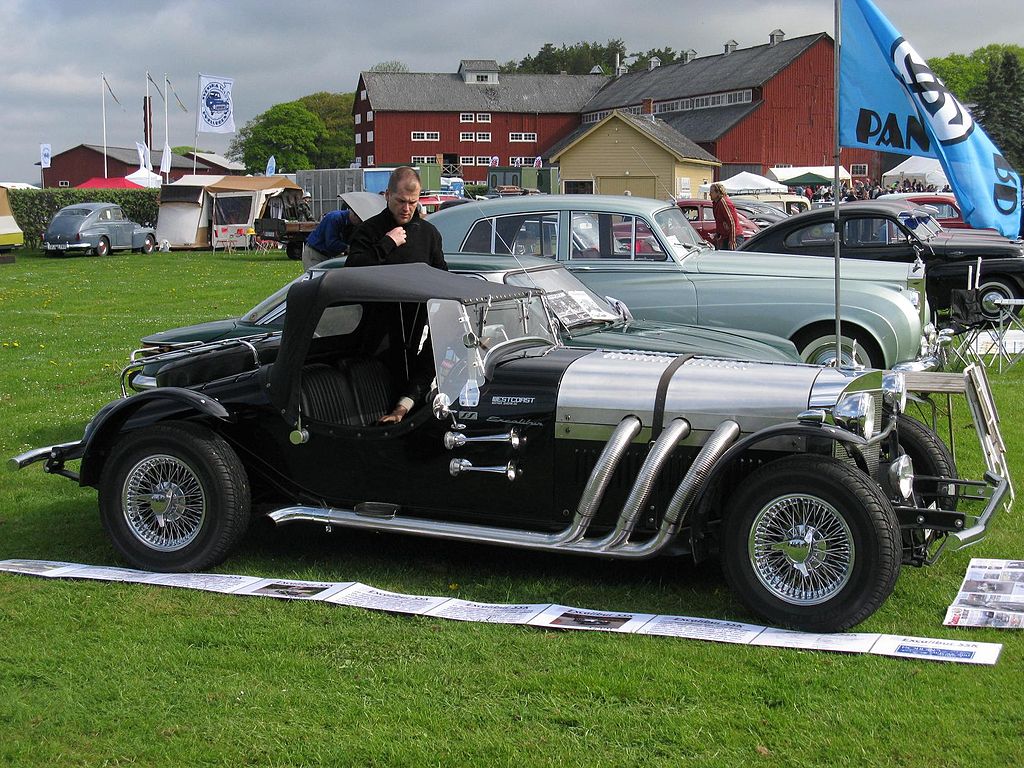
The exact engine options varied over the years, but they typically offered substantial horsepower and torque to deliver an impressive performance on the road. The power traveled to the rear wheels through a manual or automatic transmission.
Inside the Excalibur SS, the interior boasted a period-luxury and comfort. It featured plush leather seats, a wood-trimmed dashboard, and a range of modern amenities for its time, such as air conditioning, power windows, and a premium audio system. The attention to detail and craftsmanship further emphasized the car's upscale character.
Why You Probably Didn’t Know About The Excalibur
The Excalibur SS garnered attention for its unique blend of classic styling and modern performance. It appealed to automotive enthusiasts who desired a vintage-inspired sports car with modern reliability.
Despite the well over 3,000 Excaliburs produced by Excalibur Automobile Corporation between 1965 and 1997, the SS model came in limited numbers in the 1960s and 1980s, respectively, which added to its exclusivity and current rarity. Furthermore, the company went belly up in 1986, woke a couple of times, and died for good in the ‘90s.
While the Excalibur SS’s production ceased in the 1980s, it remains an iconic symbol of American automotive nostalgia. Its timeless design and powerful performance have made it a sought-after collector's car, appreciated by those who appreciate the fusion of classic aesthetics and modern engineering.
Related Reading: How Ariel Built The Ultimate Driver’s Car With The Atom 4R
7. 1981–1988 Lamborghini Jalpa
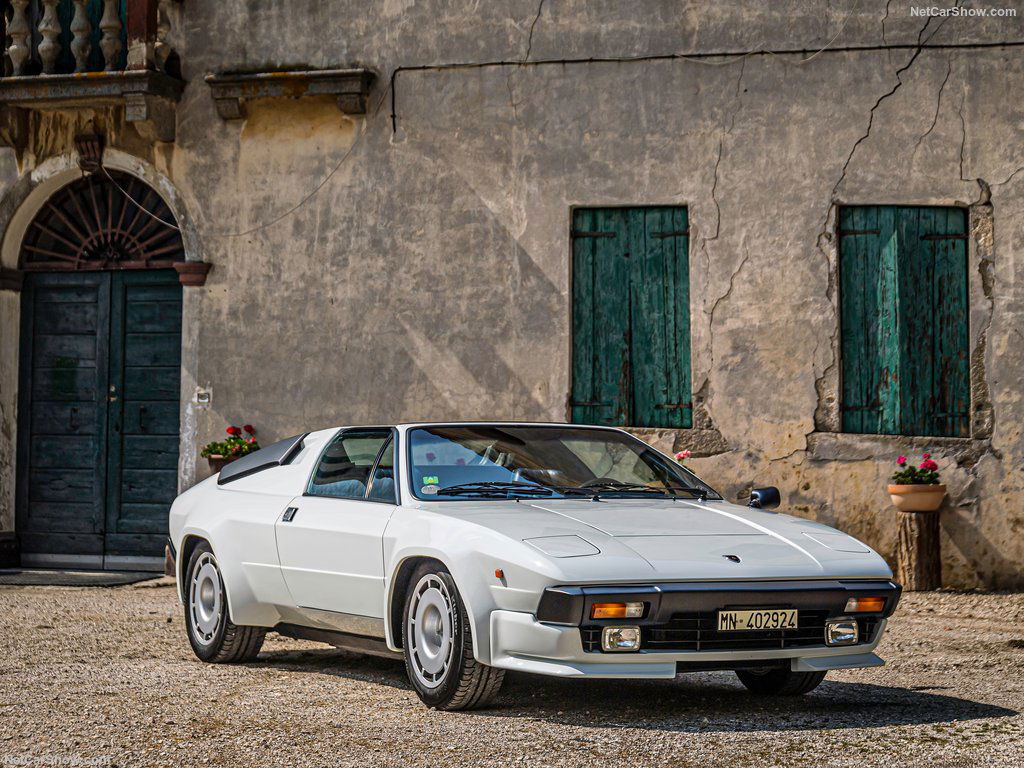
A good number of Lamborghini fans can quickly associate the brand’s history to the Miura, which is correct, but draw a blank at the mention of the Jalpa, produced decades later.
The Lamborghini Jalpa is a sports car from the Italian automaker Lamborghini produced from 1981 to 1988. It got presented as a more affordable and accessible model compared to Lamborghini's flagship Countach while still offering impressive performance and exotic styling.
The Jalpa's Engine, Performance, And Design Features
The Jalpa featured a sleek and angular design characterized by its low-slung profile, sharp lines, and distinctive pop-up headlights. It retained the brand's signature wedge shape but with a slightly softer and more refined appearance.
The car's mid-engine layout provided optimal weight distribution and enhanced handling capabilities. Powering the Jalpa was a 3.5-liter V8 engine, an evolution of the previous Urraco model's power mill. It produced around 255 horsepower, allowing for a top speed of approximately 145 mph and a 0 to 60 mph acceleration time of 6 seconds.
The engine held hands with a five-speed manual transmission to deliver a thrilling driving experience.
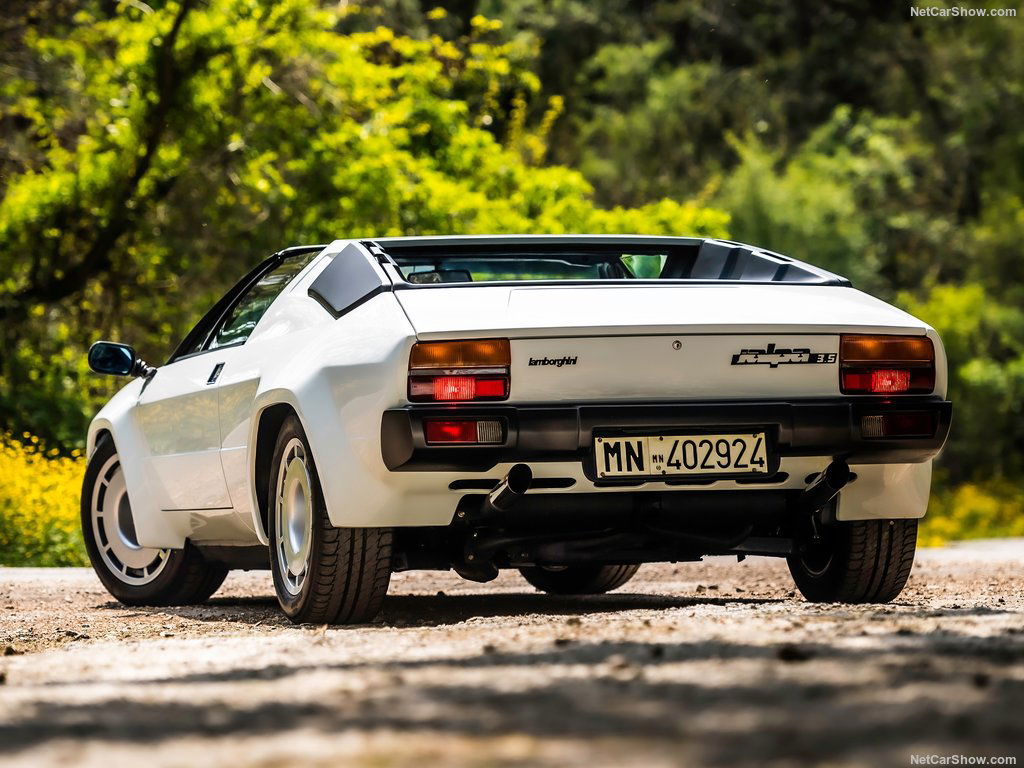
The Jalpa's interior featured a driver-focused layout with supportive seats, a well-designed dashboard, and a range of luxury amenities for its time, including air conditioning, power windows, and a premium audio system. Despite its compact size, the car offered decent storage space with a front and rear trunk.
Why The Lamborghini Jalpa Is A Hidden Gem
During its production run, the Jalpa underwent various updates, including improvements to its performance, handling, and overall reliability.
However, due to factors including changing market demands and increasing competition, Lamborghini ceased production of the Jalpa in 1988, making it a relatively rare and sought-after model today. Despite its termination, the Lamborghini Jalpa holds a special place in Lamborghini's history as one of the brand's more attainable offerings during its era.
With its exotic styling, thrilling performance, and unmistakable Lamborghini badge, the Jalpa continues to captivate eagle-eyed enthusiasts and collectors who appreciate its unique blend of Italian flair and driving dynamics.
6. 1995–2002 Toyota Mega Cruiser

The Toyota Mega Cruiser is a large, rugged, four-wheel-drive vehicle that Toyota produced from 1995 to 2002. It was designed as a military-grade off-road vehicle and was also made available for civilian purchase in limited numbers.
The Mega Cruiser was developed as a response to the requirements of the Japanese military and drew inspiration from the American Humvee.
It featured a boxy and utilitarian design, with a high ground clearance and ample space for passengers and cargo. Its imposing size and robust construction made it well-suited for challenging terrains and demanding off-road conditions.
The Engine And Design Features Of the Toyota Mega Cruiser
Under the hood, the Mega Cruiser got motivation from a turbocharged 4.1-liter inline-six diesel engine that produced approximately 150 horsepower. The engine found a power transmitter in a five-speed automatic transmission that offered smooth power delivery and enhanced off-road capabilities.
The vehicle featured a full-time four-wheel-drive system with locking differentials, ensuring exceptional traction and maneuverability. The Mega Cruiser’s interior focused on functionality. It could accommodate up to six or more occupants, depending on the configuration, and offered a spacious and comfortable cabin.

Despite its utilitarian nature, the Mega Cruiser featured amenities such as air conditioning, power windows, and modern safety features. Due to its intended military and commercial use, the Mega Cruiser got built to withstand harsh conditions.
It used a robust ladder frame chassis, heavy-duty suspension, and large tires, helping it conquer challenging off-road obstacles. Additionally, it boasted impressive water-fording capabilities and excellent approach and departure angles.
Why The Toyota Mega Cruiser Is A Rare Sight
While the Toyota Mega Cruiser was not widely available to the general public and remained a rare sight on the roads, it earned a reputation for its off-road prowess and durability. It served primarily as a military and government vehicle, with limited civilian sales in Japan and a handful of units exported to select markets.
5. 1992–1995 Autozam AZ-1
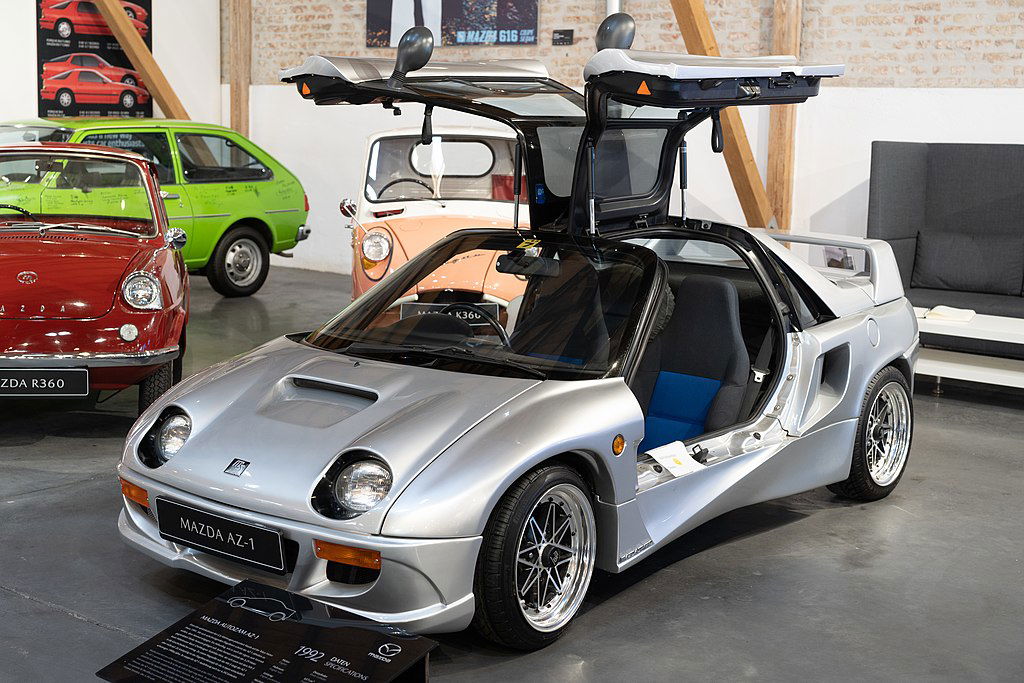
The Autozam AZ-1 is a unique and distinctive microcar made by Mazda in collaboration with Suzuki and its subsidiary Autozam. It was introduced in 1992 and remained in production until 1995. The AZ-1 got designed as a kei car, a small Japanese vehicle category that benefits from tax and insurance advantages.
The Autozam AZ-1’s Design And Performance Features
One of the most notable features of the Autozam AZ-1 is its eye-catching design. It was styled by Japanese designer Shunji Tanaka and resembles a miniature supercar with gull-wing doors, a low-slung profile, and aggressive styling cues.
The car's compact dimensions and lightweight construction contribute to its sporty appearance. Powering the Autozam AZ-1 is a mid-mounted turbocharged 657cc three-cylinder engine, which produces around 63 horsepower.
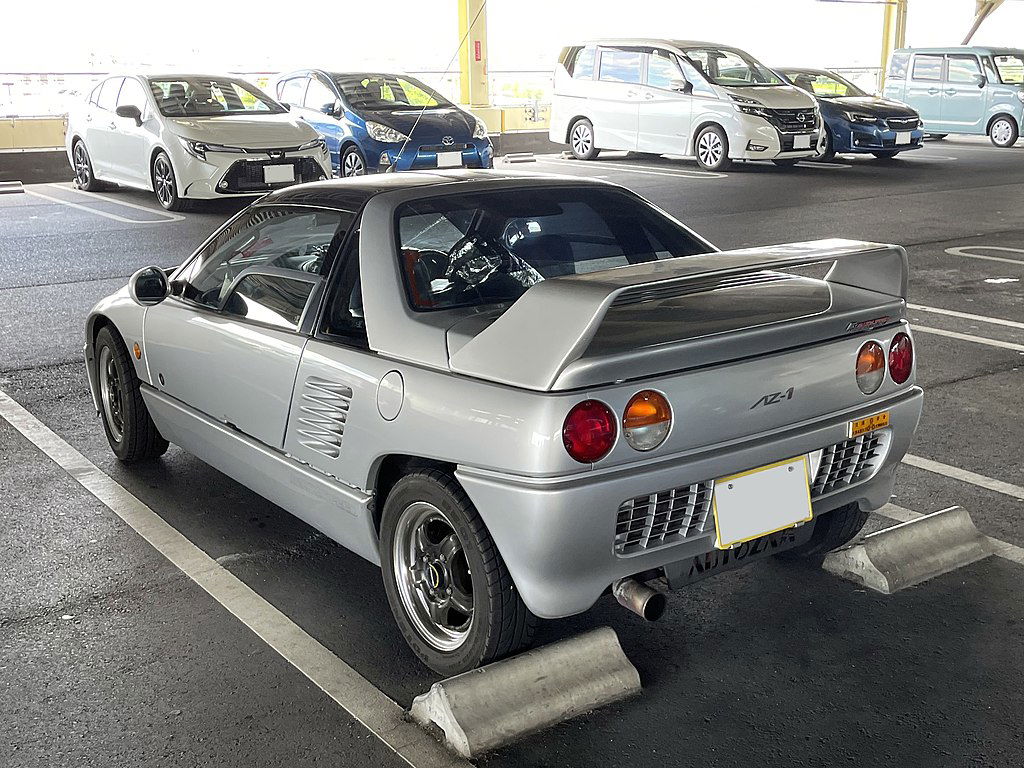
The 3-cylinder paired up with a five-speed manual transmission, which must have fostered an engaging driving experience. Considering its small size and weight, the AZ-1 offers respectable performance and nimble handling. The AZ-1’s interior is minimalist yet driver-focused.
The cabin accommodates two occupants in a staggered seating layout, with the driver positioned slightly forward of the passenger. Despite its diminutive size, the car provides a surprising amount of headroom and legroom.
Why You’ve Never Heard Of The The AZ-1
Due to its limited production and unique design, the Autozam AZ-1 has gained a cult following among car enthusiasts. It is often considered a collector's item and is sought after by those who appreciate its quirky charm and rarity.
The AZ-1's scarcity and desirability have led to relatively high resale values in the used car market. This is a fascinating microcar that combines distinctive styling, nimble performance, and exclusivity but somehow fell under the radar of the mainstream automobile community.
4. 2001–2018 Morgan Aero 8
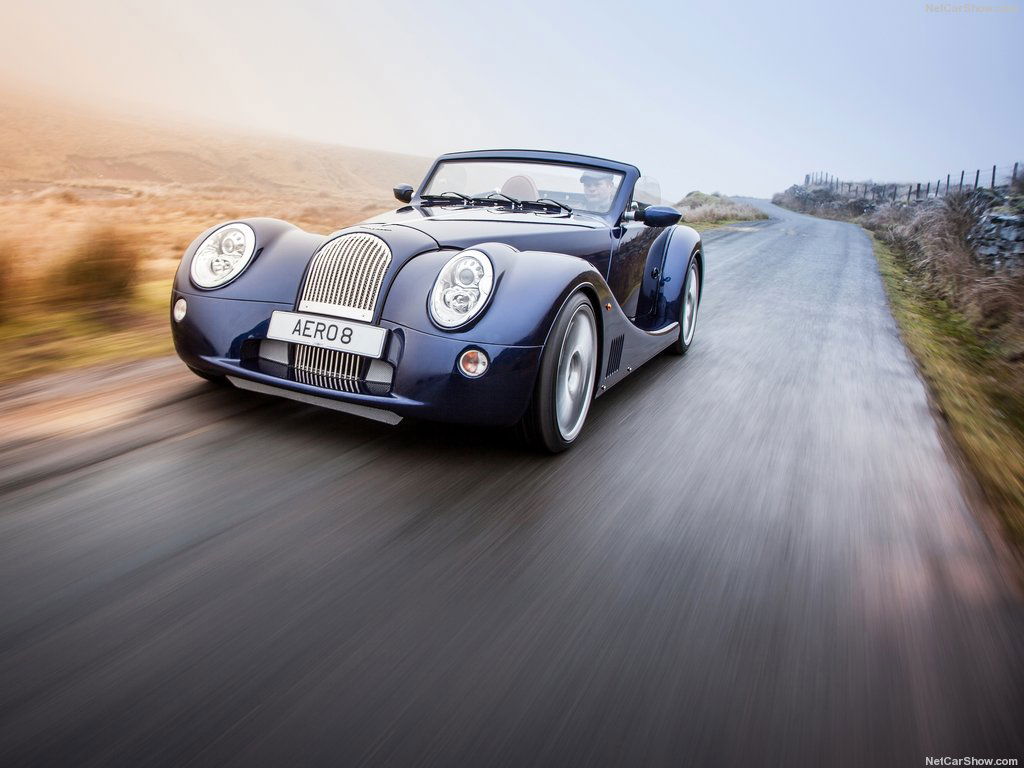
Despite debuting at the Geneva Motor Show in 2000 and only going away as recently as 2018, most people fail to recognize the British-made sports car powered by various BMW engines.
The Morgan Aero 8 is a beautiful, handcrafted sports car that represents a blend of classic design and modern engineering. The British automaker Morgan Motor Company introduced it for the first time in 2001, and the car has undergone several updates and iterations since then.
The Morgan Aero 8’s Retro Design
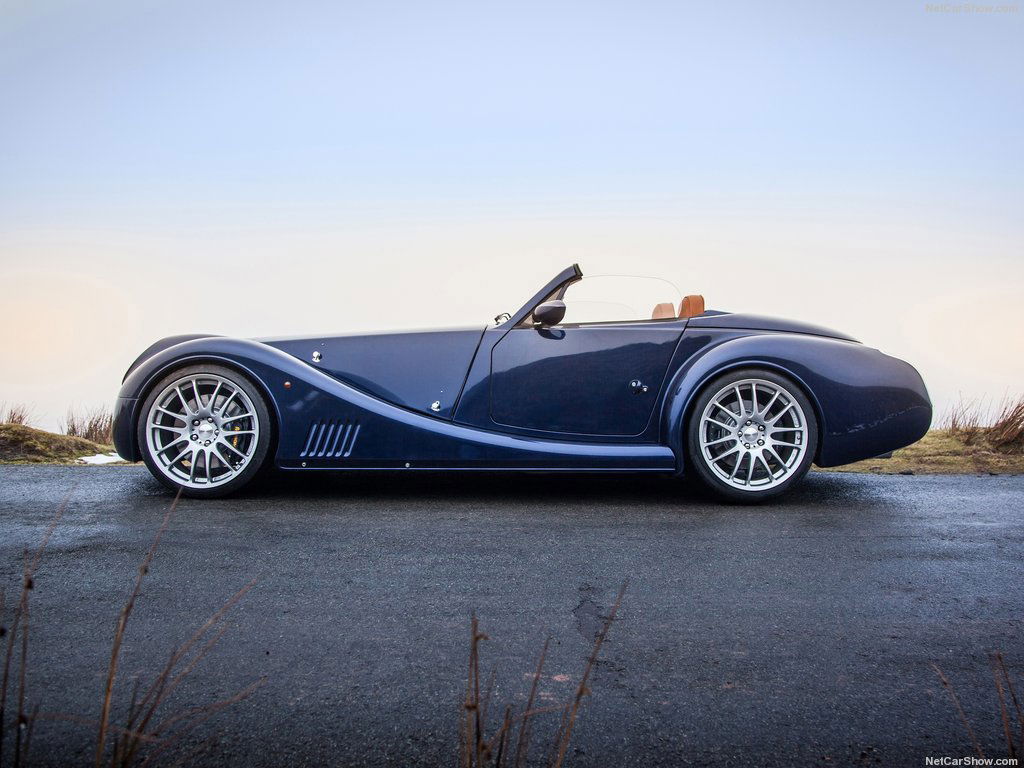
The Aero 8 stands out with its retro-inspired styling cues and distinctive appearance. It features a long hood, a sloping roofline, and a muscular rear end to achieve a timeless and elegant look.
The car's body is made primarily of lightweight aluminum, contributing to its performance and handling characteristics. One of the Morgan Aero 8’s standout features is its open-top configuration.
It is available as a convertible, so drivers and passengers can enjoy the thrill of open-air motoring. The retractable soft-top roof affords easy operation and - when closed - provides impressively good insulation from noise and weather elements.
The Morgan Aero 8’s Engine And Performance
Under the hood, the Aero 8 got power from a range of V8 engines sourced from BMW. Depending on the model year and variant, the engine options included naturally aspirated and supercharged versions. These engines deliver impressive power and acceleration, providing an exhilarating driving experience.
The driving experience focused on performance and engagement. The car's lightweight construction, responsive steering, and well-tuned suspension contribute to its agile handling and precise cornering abilities. It offers a unique combination of old-world charm and modern driving dynamics.
The Morgan Aero 8’s Interior
Inside the cabin, the Aero 8 offers a blend of classic and modern elements. The interior got trimmed with high-quality materials like leather and wood to showcase the car's craftsmanship. However, the technology and features are more modern, including touchscreen infotainment systems, climate control, and other conveniences.
Why You Never Met The Aero 8
The Morgan Aero 8 is a limited-production vehicle, and each car is individually crafted by skilled artisans at Morgan's factory in the UK. This exclusivity and attention to detail make it a rare and desirable choice among car enthusiasts and collectors who appreciate the craftsmanship and heritage associated with the Morgan brand.
3. 2000–Present Spyker C8

You’d sooner hear about the latest Camaro C8 than you would the Spyker C8, even though the latter is still in production to date. The Spyker C8 is a luxurious and exclusive sports car produced by the Dutch manufacturer Spyker Cars. Introduced in 2000, the C8 showcases a fusion of old-world craftsmanship and modern performance.
The Spyker C8's interior exudes luxury and craftsmanship. The cabin boasts premium materials, including fine leather, polished aluminum, and exquisite stitching. The attention to detail extends to the dashboard layout, which features aviation-inspired dials and controls, showcasing Spyker's aviation heritage.
The Spyker C8’s Design
The Spyker C8 is instantly recognizable for its aerodynamic and retro-inspired design. The car features sleek lines, a distinctive grille, and elegant proportions. Attention to detail is evident in its handcrafted aluminum bodywork, meticulously shaped and finished to create a visually stunning appearance.
The Spyker C8’s V12 Engines And Performance
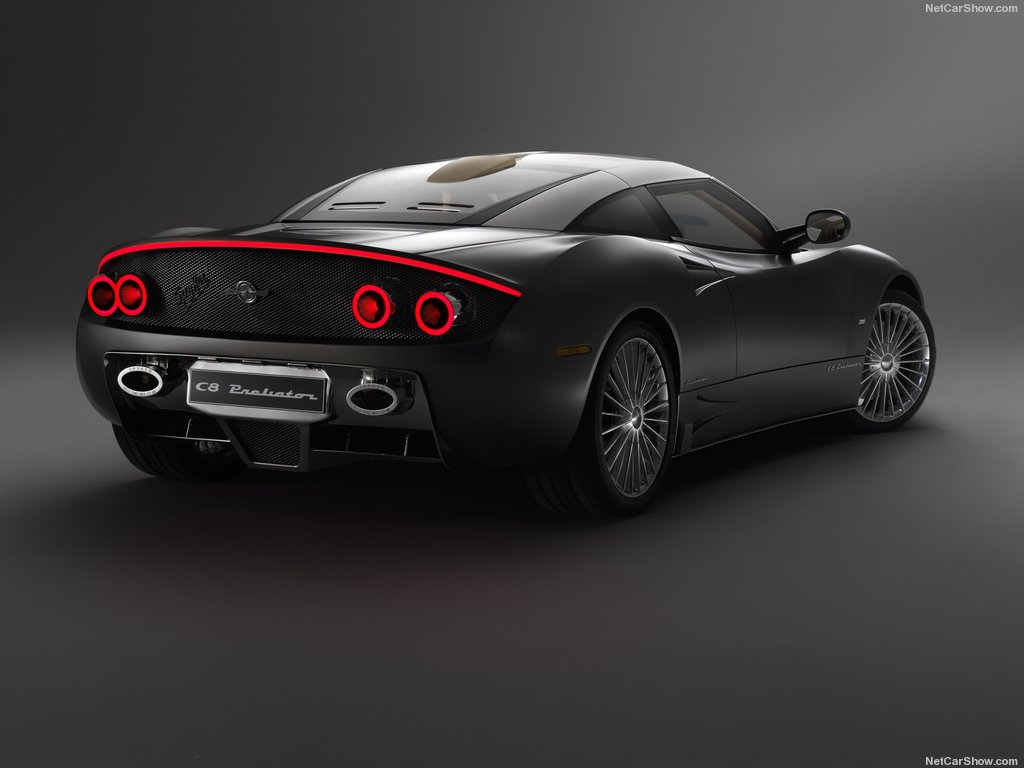
Powering the Spyker C8 is a range of potent engines, including naturally aspirated V8 and V12 options. These engines are sourced from reputable manufacturers such as Audi and deliver impressive performance figures.
The combination of power and lightweight construction allows the C8 to accelerate quickly and reach high speeds with ease. The Spyker C8’s driving experience focuses on performance and engagement.
The car's precise handling, responsive steering, and well-tuned suspension contribute to its dynamic capabilities. It offers a balance between sportiness and comfort, making it suitable for both spirited driving and long-distance touring.
Why You Didn’t Know About The Spyker C8
Beyond its performance credentials, the Spyker C8 is renowned for its exclusivity. The production numbers have always been limited, adding to the C8’s desirability and collectability. Each C8 is meticulously hand-built by skilled craftsmen tasked to deliver exceptional build quality and attention to detail.
Furthermore, Spyker has introduced various special editions and limited-run variants of the standard C8 over the years, further enhancing the lineup’s exclusivity.
2. 1989–1991 BMW Z1
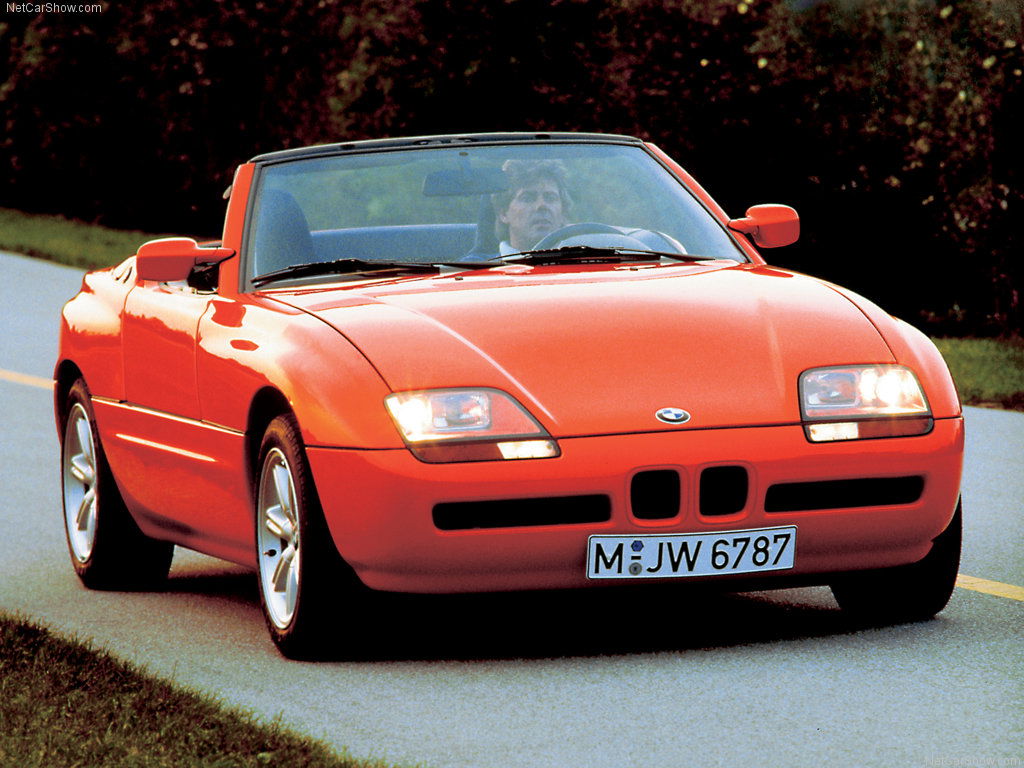
You’re familiar with the Z1 because you are a Bimmer enthusiast, but most regular car lovers have no clue. The BMW Z1 is a unique and innovative sports car made by the German automaker BMW from 1989 to 1991. It is known for its distinctive design, innovative features, and open-top roadster configuration.
The BMW Z1’s Design
The BMW Z1 stands out with its eye-catching and unconventional appearance. It features vertically sliding doors, a rare design element at the time. These doors slide down into the car’s body, eliminating the need for traditional hinges and giving the Z1 a sleek and streamlined profile.
The Z1’s body panels come from durable and lightweight thermoplastic, which is corrosion-resistant and easy to repair. Another notable feature is the car's underbody aerodynamics, which contributes to stability and reduced drag. More so, the Z1’s removable body panels allow for easy customization and color changes.
The BMW Z1’s Engine And Performance
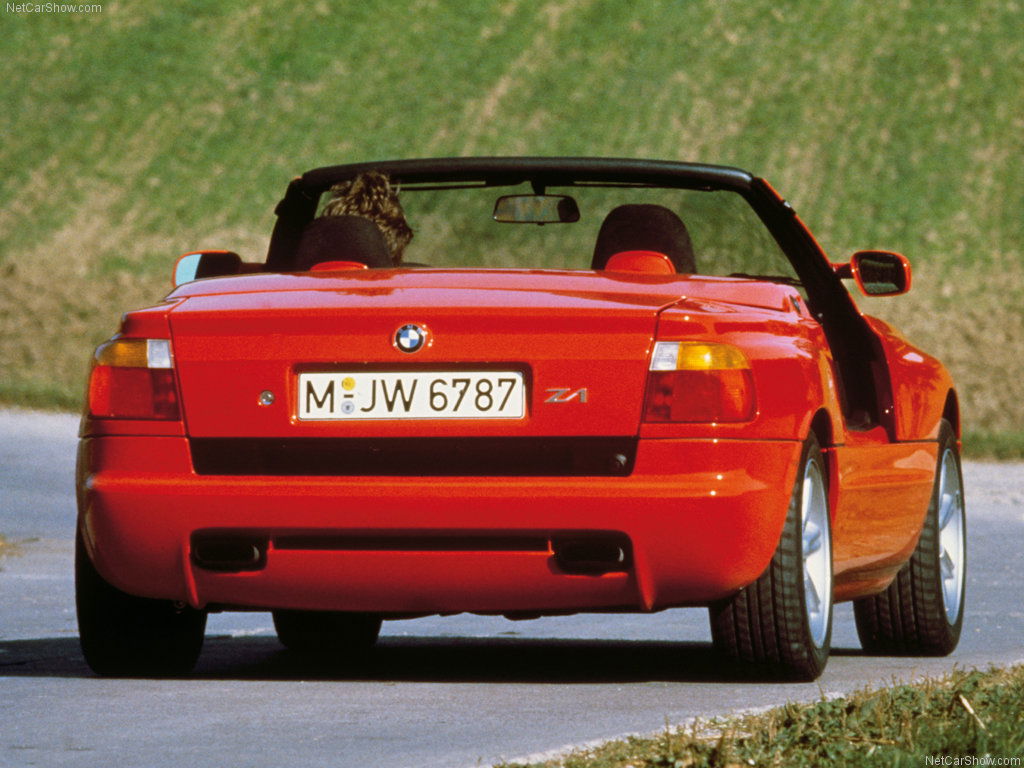
Powering the BMW Z1 is a 2.5-liter inline-six engine borrowed from the BMW E30 325i. It delivers a respectable performance of around 170 horsepower while holding hands with a five-speed manual transmission. The Z1 offers a spirited driving experience thanks to its responsive handling and balanced chassis.
Speaking of driving experience, the Z1 flaunted a driver-focused interior, complete with an engaging cockpit. The seats got positioned low to the ground to create a sportier driving position. The interior design is simple yet stylish, marked by high-quality materials and attention to detail.
The BMW Z1 Is Rare And Respected
Despite its limited production run, the BMW Z1 has gained a cult following among car enthusiasts. Its unique design, innovative features, and limited availability contribute to its desirability. The Z1 is often considered a collector's item and commands attention wherever it goes.
1. 1971–1972 Porsche 916
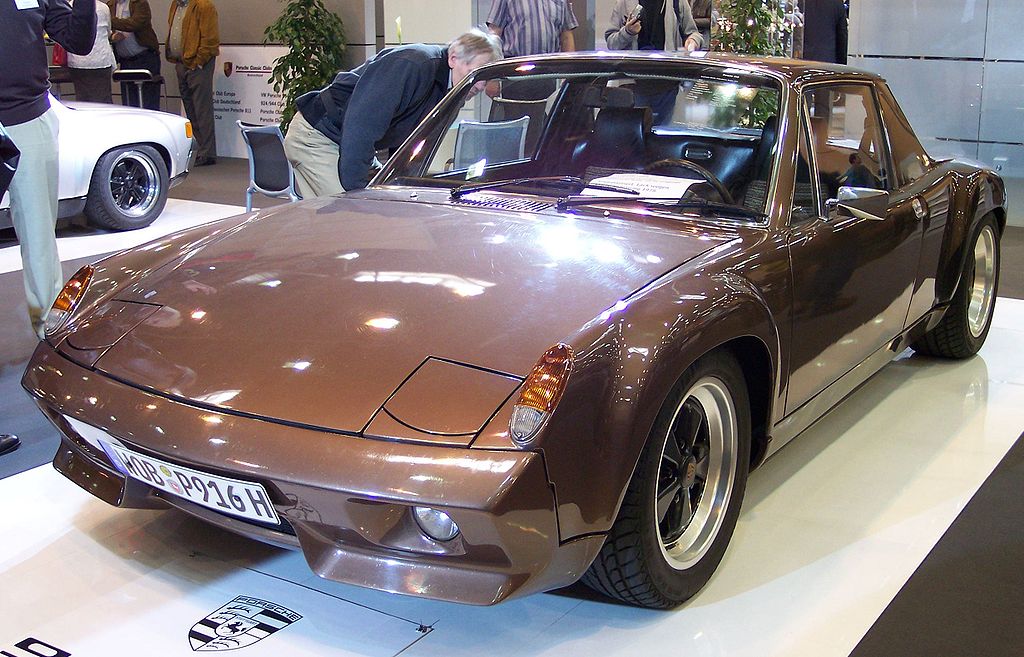
The Porsche 916 was indeed an extremely rare variant of the Porsche 914, featuring a hardtop design and equipped with a 2.7-liter flat-six engine sourced from the Porsche 911S. It got developed to serve as a higher-performance version of the 914, but production was limited to just 11 units, making it an exceptionally rare and sought-after collector's car.
The Porsche 916 Overview
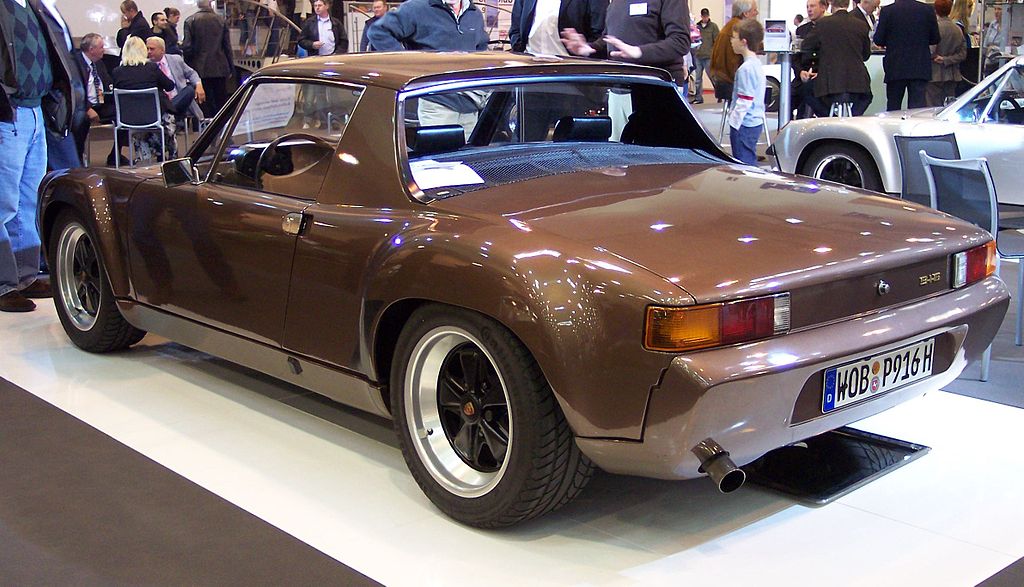
The Porsche 916 was built in the early 1970s and intended to bridge the performance gap between the 914 and the 911 models. It featured a distinctive design with a fixed roof and modified bodywork.
The 2.7-liter flat-six engine delivered a significant power increase over the standard 914 models, providing a more exhilarating driving experience. Thanks to the Porsche 916’s limited production run and rarity, it is indeed highly unlikely to encounter one outside of a museum or a private collection.
Its exclusivity and unique features make it a highly desirable car among Porsche enthusiasts and collectors. The Porsche 916 holds a special place in Porsche's history as a rare and significant model that represents the brand's commitment to performance and innovation.